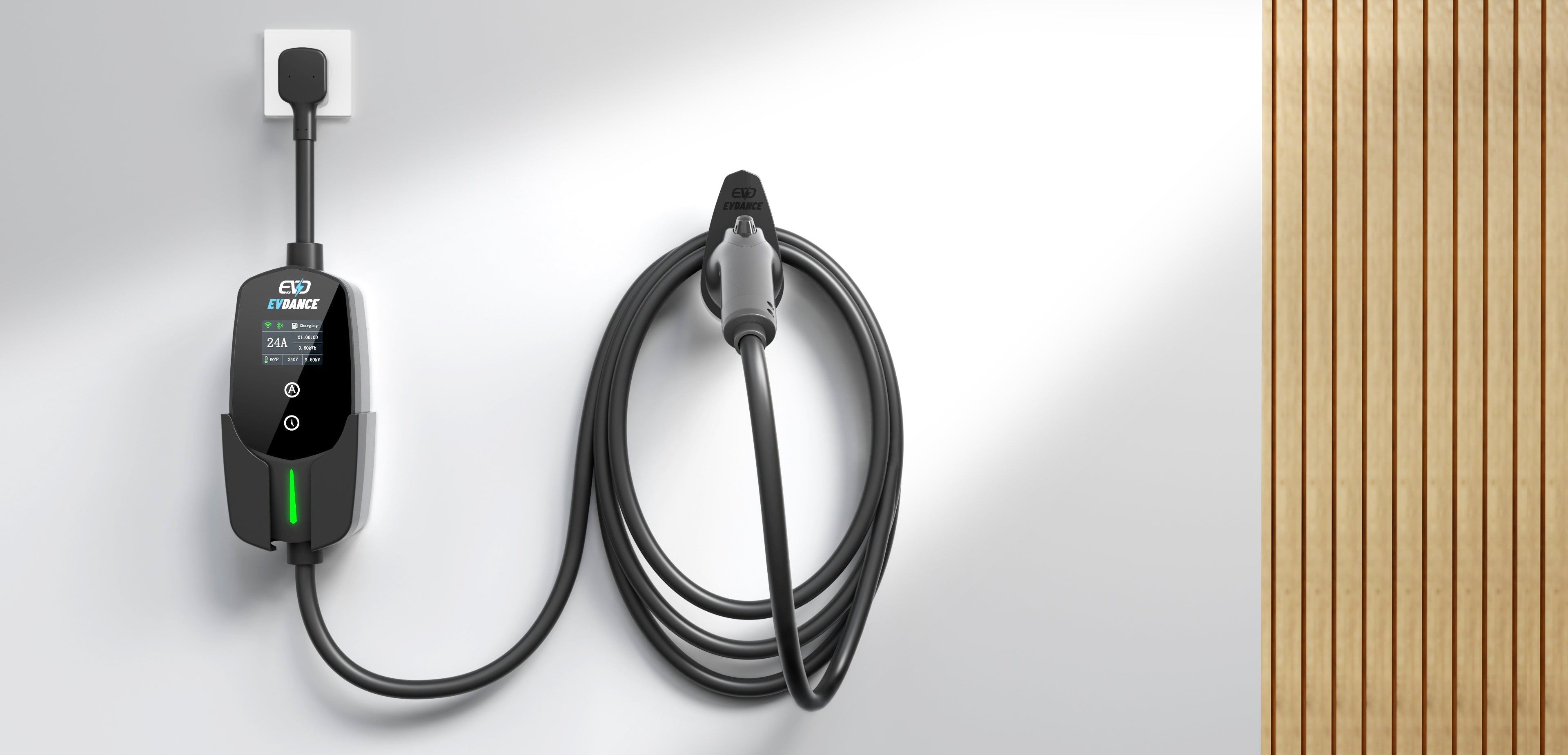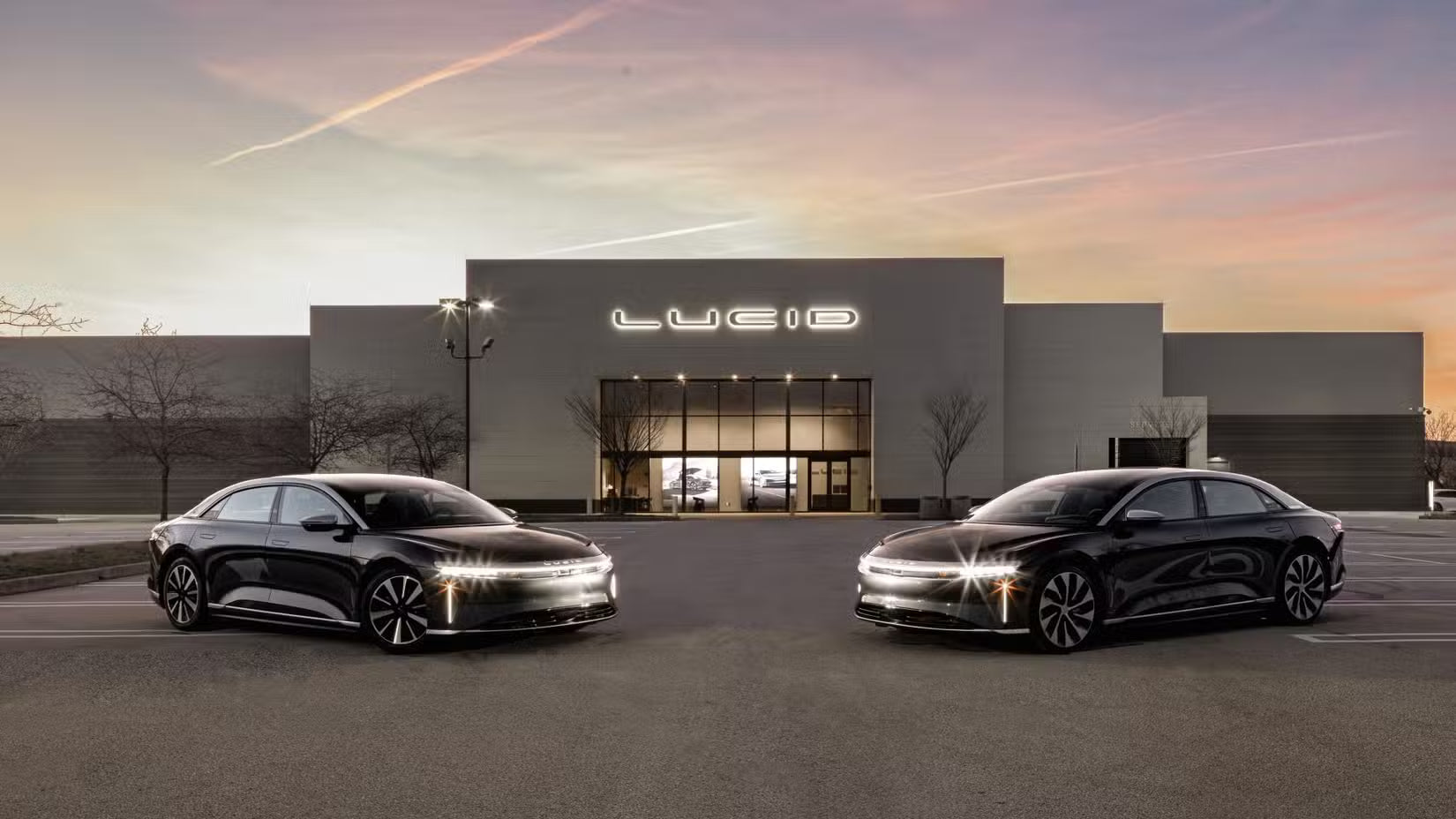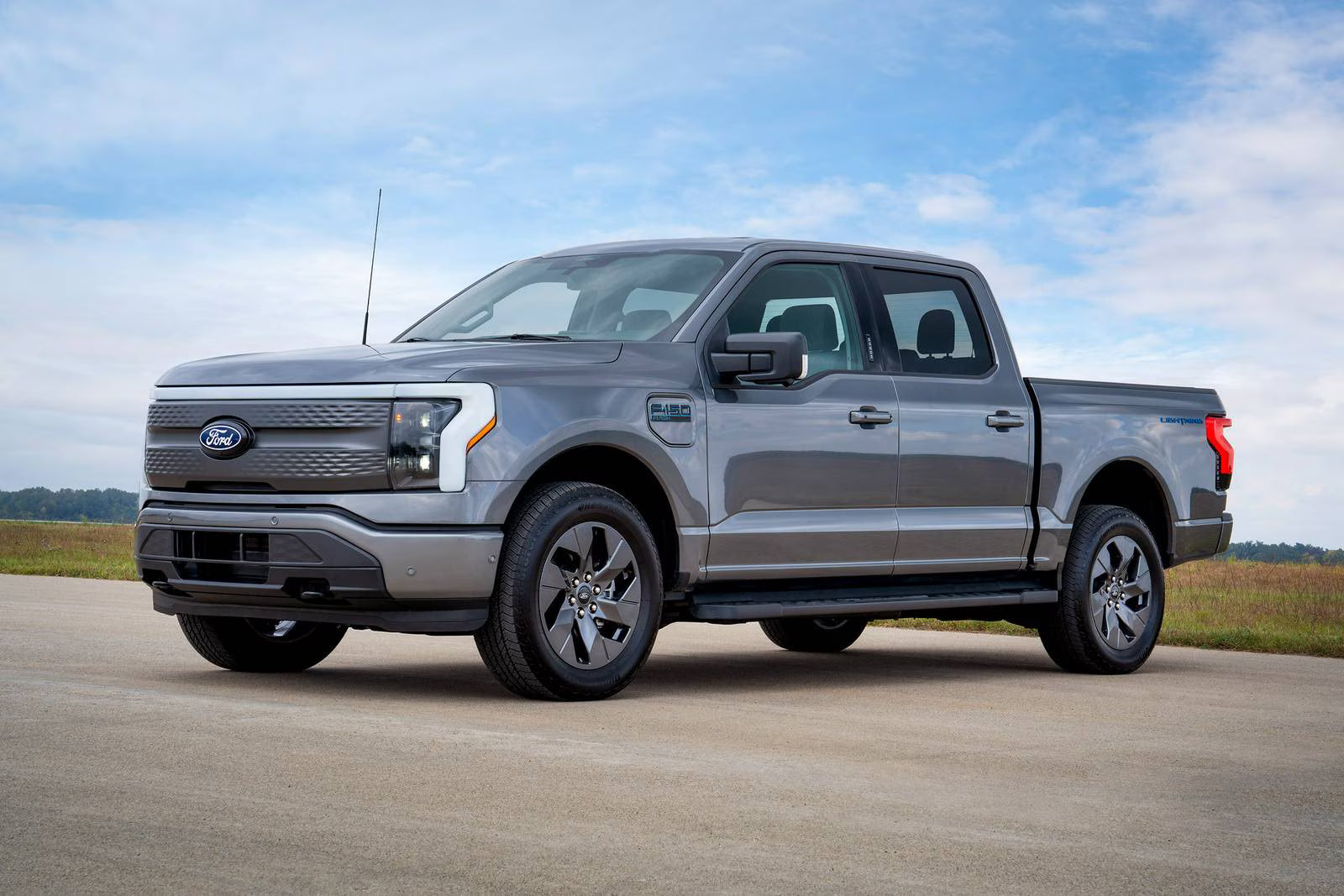1. What Is a NEMA 14-30 Plug?
The NEMA 14-30 is a four-prong, 240-volt, 30-amp electrical plug commonly found in older laundry room setups. It follows the National Electrical Manufacturers Association (NEMA) standards and is classified as a grounding plug with the following terminals:
-
Two hot terminals (providing 120V each, 180 degrees out of phase)
-
One neutral terminal
-
One ground terminal
When installed correctly, it provides a 240-volt output at up to 30 amps of current, translating into a maximum power delivery of 7.2 kW. However, due to NEC's 80% continuous load rule, it's typically limited to 24 amps continuous use (5.7 kW).
2. Why EV Owners Are Choosing the NEMA 14-30 Plug
As more consumers look for affordable and accessible home charging solutions, the NEMA 14-30 outlet stands out due to the following key advantages:
2.1. Existing Infrastructure
Many homes built before 1996 include NEMA 14-30 outlets near the laundry area. Repurposing these outlets for EV charging can significantly reduce installation costs.
2.2. Cost-Effective Charging
Compared to hardwiring or installing new higher-amperage outlets (like NEMA 14-50), a NEMA 14-30 solution is often less expensive while still providing overnight charging capabilities for most EV models.
2.3. Lower Electrical Load
Charging at 24 amps is easier on residential electrical panels, reducing the risk of requiring panel upgrades and supporting multi-appliance coexistence.
2.4. Plug-and-Play Convenience
A NEMA 14-30 compatible EVSE (electric vehicle supply equipment) offers the convenience of portability and can be removed or replaced without the involvement of an electrician.
3. Technical Specifications
Here is a detailed breakdown of the NEMA 14-30 plug’s specifications relevant to EV charging applications:
| Parameter | Specification |
|---|---|
| Voltage | 240 Volts AC |
| Maximum Current | 30 Amps |
| Continuous Load (NEC) | 24 Amps |
| Maximum Power (Rated) | 7.2 kW |
| Continuous Power Use | 5.7 kW |
| Number of Prongs | 4 (Hot-Hot-Neutral-Ground) |
| Plug Shape | Rectangular |
| Common Uses | Electric dryers, Level 2 EVSE |
| NEC Article | 625 and 210.19(A)(1)(a) |
Note: When using a NEMA 14-30 plug for EV charging, the EVSE must be specifically rated and configured for 24A continuous current.
4. Installation Considerations
Installing a NEMA 14-30 outlet or converting an existing dryer outlet requires careful planning and NEC-compliant practices:
4.1. Dedicated Circuit
To meet NEC and EVSE safety standards, a NEMA 14-30 outlet should be installed on a dedicated 30-amp breaker.
4.2. Proper Wiring
The correct wire gauge is 10 AWG copper for a 30-amp circuit. Aluminum wiring is discouraged due to its thermal expansion characteristics.
4.3. Ground and Neutral Separation
The presence of both neutral and ground terminals ensures compatibility with both older and newer code requirements, but they must not be bonded in the plug or subpanel.
4.4. GFCI Protection
As of the 2020 NEC update, GFCI protection is required for all 125V and 250V receptacles in residential garages and basements, including EV charging outlets.
5. Compatibility with EV Chargers
Most modern Level 2 EV chargers from brands like ChargePoint, Lectron, Grizzl-E, EVDANCE, and Emporia now offer NEMA 14-30-compatible variants. These chargers often allow:
-
Adjustable amperage settings (e.g., 16A–24A)
-
Smart charging features via apps
-
Weatherproof enclosures for outdoor use
It's critical to ensure that the EVSE you choose explicitly supports NEMA 14-30 and complies with UL and NEC standards.
6. Comparison with Other NEMA Plugs
Understanding how NEMA 14-30 compares to other popular plug types can aid in making the right choice:
| Plug Type | Voltage | Amperage | Continuous Load | Typical Use Case |
|---|---|---|---|---|
| NEMA 5-15 | 120V | 15A | 12A | Level 1 EV charging, laptops |
| NEMA 6-20 | 240V | 20A | 16A | Light-duty Level 2 EV charging |
| NEMA 14-30 | 240V | 30A | 24A | Dryer, Level 2 EVSE |
| NEMA 14-50 | 240V | 50A | 40A | RVs, kitchen, EV chargers |
| Hardwired | 240V | Varies | Varies | Permanent EVSE installations |
For homeowners who don't require ultra-fast charging, the NEMA 14-30 provides an excellent balance of speed and affordability.
7. Safety and Regulatory Compliance
When dealing with EV charging, safety is paramount. NEMA 14-30 installations must align with:
-
National Electrical Code (NEC)
-
UL certification for devices
-
Local jurisdiction permitting and inspection
EV owners should always consult a licensed electrician before installing a 14-30 outlet or repurposing an existing one.
8.Use Cases and Real-Life Applications
8.1. Retrofit Installations
Many early EV adopters retrofit their dryer outlets with dual-purpose adapters or install a splitter to share the 14-30 outlet between the EV charger and the laundry appliance.
8.2. Portable EV Chargers
Traveling with a portable 14-30 EVSE enables EV drivers to charge at friends’ homes or rental properties without needing Level 1 charging.
8.3. Temporary Installations
For renters, using a plug-in solution like NEMA 14-30 offers flexibility to remove the charger without structural modifications or lease violations.
9. NEMA 14-30 Plug Limitations
Despite its benefits, the NEMA 14-30 plug has several limitations:
-
Not all garages have 14-30 outlets
-
Adapter use must follow OEM and NEC guidance
-
Susceptible to misuse if neutral/ground bonding is incorrect
Still, for EV drivers who prioritize affordability, simplicity, and overnight charging, these trade-offs are often acceptable.
10. Long-Distance EV Charging with NEMA 14-30 Plug
Recommended Insertion Point: After the section titled “Benefits of NEMA 14-30 Plug for EV Charging”
For EV owners who frequently travel long distances, the NEMA 14-30 plug offers a reliable charging solution during extended trips. Unlike Level 1 outlets, the NEMA 14-30 delivers faster charging speeds, reducing downtime during overnight stays at campgrounds, rental cabins, or RV parks. This plug is compatible with a wide range of portable Level 2 EV chargers, making it an ideal choice for travelers seeking convenience and efficiency. When planning cross-country routes, having a compatible NEMA 14-30 adapter ensures access to legacy dryer outlets in older homes or rental properties, adding flexibility to long-range EV use. Its 240V capability significantly shortens charging sessions, providing enough range for the next leg of the journey.
11. Why the NEMA 14-30 Plug Is Ideal for Home EV Charging
Recommended Insertion Point: After the section titled “Installation Considerations and Electrical Requirements”
Installing a NEMA 14-30 plug at home provides a practical middle ground between Level 1 and more costly high-amp Level 2 charging systems. For homeowners with existing 30-amp circuits—originally used for dryers or similar appliances—retrofitting a NEMA 14-30 plug is often more affordable and less invasive than installing a new 50-amp outlet. Its compatibility with most plug-in Level 2 EV chargers makes it a budget-conscious yet performance-effective option for residential EV charging. In addition, the plug's detachable nature allows homeowners to safely unplug the charger when not in use, enhancing home safety while supporting energy efficiency.
12. Sustainable EV Charging: The Role of NEMA 14-30 Plug in Eco-Friendly Solutions
Recommended Insertion Point: After the section titled “NEMA 14-30 vs. Other NEMA Plugs”
As the EV industry grows more environmentally conscious, selecting components that support sustainability is increasingly important. The NEMA 14-30 plug plays a role in promoting eco-friendly charging infrastructure by reducing waste and encouraging reuse. Because many homes already have legacy 30-amp dryer outlets, using NEMA 14-30 plugs avoids the need for new wiring or electrical panel upgrades—minimizing material consumption and emissions during installation. Furthermore, many Level 2 EV chargers compatible with NEMA 14-30 are manufactured using recyclable, low-impact materials, aligning with sustainable manufacturing practices. By choosing a NEMA 14-30 setup, EV users can reduce their environmental footprint while maintaining charging efficiency.
13. Future Outlook
As EV adoption continues to rise, plug-in home charging options like the NEMA 14-30 outlet will remain important in retrofitting existing homes. While future construction may standardize higher-amperage circuits or dedicated hardwired EVSEs, millions of North American homes will benefit from this efficient and cost-effective plug for years to come.
EV charger manufacturers are increasingly offering 14-30 compatible models, and electricians are becoming more familiar with optimizing them for modern use. As long as installation is handled properly and chargers are used within the defined amperage limits, the NEMA 14-30 plug will continue to provide a reliable path to electrified transportation.
Shop Level 2 24 A NEMA 14-30 Plug NACS or J1772 Portable EV Charger Now
Recommend Reading: Why the NEMA 14-30 Plug Is a Smart Choice for Home EV Charging








Share:
What Is a NEMA 6-20 Plug? A Complete Guide for EV and Industrial Applications
Will Trump’s EV Rollback Set the U.S. Back in Clean Tech?